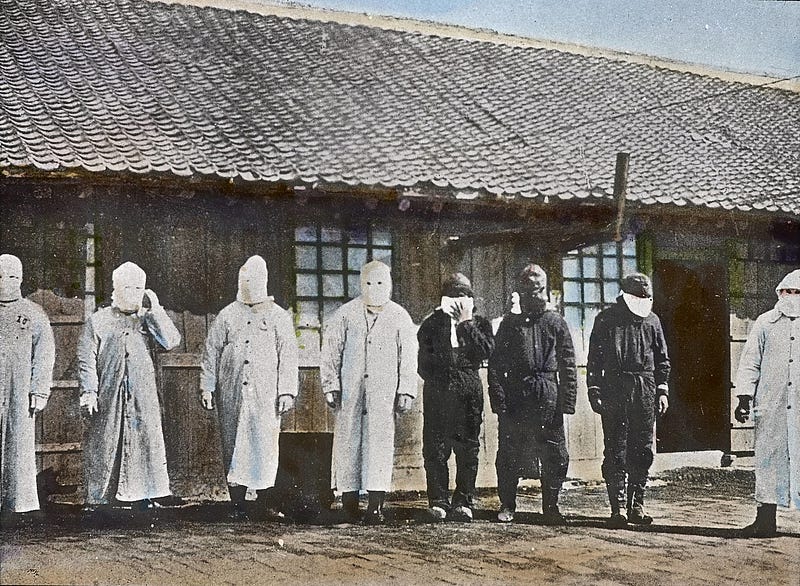The Manchurian Plague: Lessons from History and Modern Challenges
Written on
Chapter 1: The Outbreak of the Manchurian Plague
In 1910, a severe outbreak of pneumonic plague struck northeastern China, resulting in the deaths of approximately 60,000 individuals.

The emergence of a highly infectious variant of the Coronavirus has recently been reported in the UK, raising alarms as it reportedly spreads 70% more rapidly than its predecessor. This alarming development underscores the critical importance of personal protective equipment and masks as we enter 2021.
For skeptics doubting the efficacy of such measures, I present a historical example: the Manchurian Plague of 1910. This incident is often credited with establishing the use of personal protective gear in efforts to curb disease transmission. What were the origins of this outbreak?
Section 1.1: Origins of the Plague
Experts generally agree that the plague originated from the Tarbagan marmot, a rodent commonly hunted for its fur, which was then traded.

As the demand for marmot fur surged—driven by harsh winter conditions and international trade from Japan and Russia—local hunters began to harvest more of these animals. While some hunters disposed of infected marmots, many kept the fur, leading to widespread contamination.
Soon after, locals began to exhibit symptoms such as headaches, fevers, coughs, and difficulty breathing. Given the limited medical advancements of the era, the mortality rate was alarmingly high. Similar to the current pandemic, the situation escalated as families traveled for the Chinese New Year, facilitating the disease's spread along railway lines to major cities like Beijing, Wuhan, and even parts of Shanghai, nearly 2,000 miles from the initial outbreak.
In Manzhouli, a town in Inner Mongolia, the streets were overwhelmed with corpses, and hospita